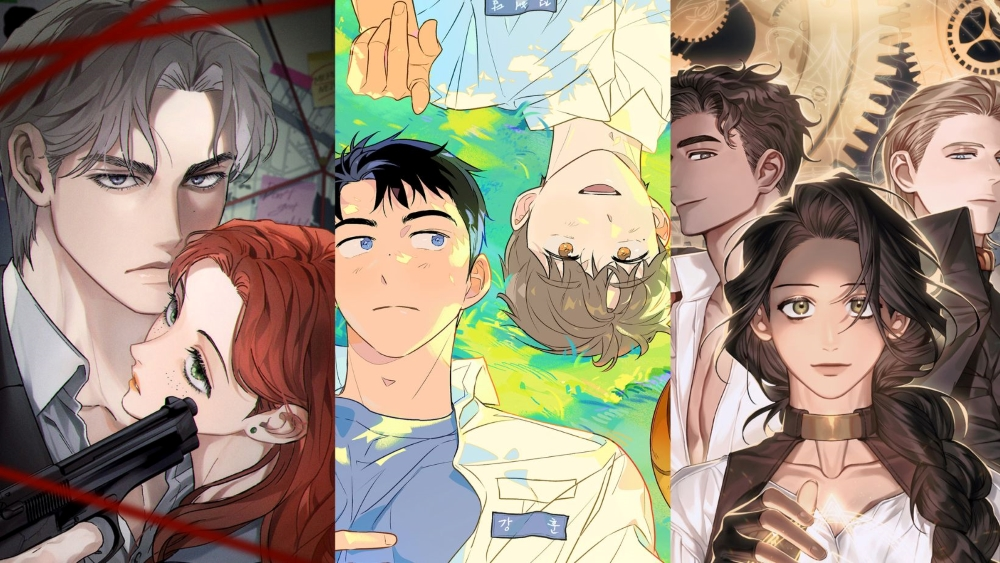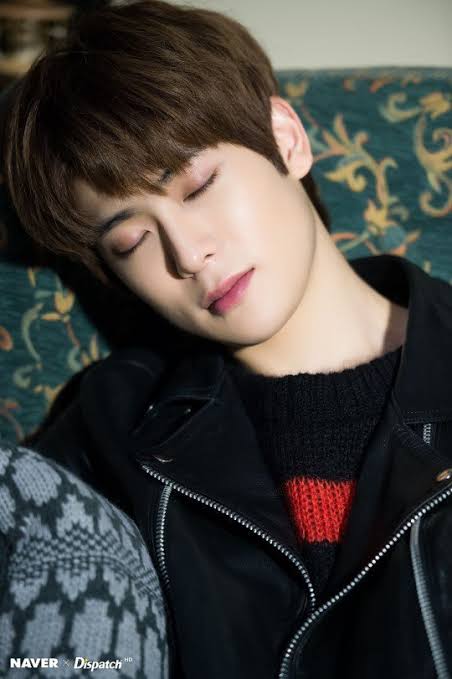The gaming industry has transformed from pixelated sprites to photorealistic worlds that rival blockbuster films in visual complexity. Behind every memorable game experience—whether it’s the haunting landscapes of Elden Ring, the vibrant characters of Spider-Man, or the stylized charm of indie hits—sits a team of game artists who transform abstract concepts into interactive visual experiences.
These creative professionals do far more than make games look appealing; they build entire universes that players inhabit, characters that feel alive, and interfaces that make complex systems intuitive.
As gaming continues to grow into one of the world’s largest entertainment industries, the demand for skilled artists who blend creativity with technical expertise is skyrocketing. For anyone passionate about art, design, and storytelling, achieving a career in game art and design offers endless opportunities to turn imagination into interactive worlds.
Who Is a Game Artist?
A game artist is tasked with creating a video game’s visual identity. They make everything the players can see, including character models, background settings, and special effects. When the game designer determines how the game is played, the game artist determines how it looks and feels. They create immersive worlds together and narrate intriguing stories that keep the players emotionally engaged.
What Does a Game Artist Do?
- Concept Development
Artists often create sketches and concept art to establish the game’s overall creative vision. They work hand in hand with designers, writers, and art directors to envision characters, settings, props, and color schemes that enhance the game’s story and mechanics.
- Design of Characters and Environment
Character artists make heroes, villains, and creatures come alive through the study of anatomy, the development of personalities, and detailed costuming. On the other hand, environment artists create the environments these characters live in, whether futuristic cities or forests from fairy tales. All the objects should be related to the gameplay and help visualize the story.
- Animation and Visual Effects
When assets are designed, animators animate them, whether it’s a character’s facial expression or the slight movement of the grass in the wind. VFX experts introduce action and effects, such as explosions, magic spells, and light, which make the film feel more real and emotional.
- User Interface (UI) Design
Game artists also produce intuitive visual interfaces (menus, icons, and health bars). A beautiful yet easy-to-use and accessible game is achieved through good UI design.
Essential Features of Every Game Artist
- Creative and Artistic abilities
Game art relies on strong drawing and sketching skills. Knowledge of anatomy, light, perspective, and color theory helps produce realistic and attractive artworks. It is also imperative to storytelling—great art assists the player on the path and in their feelings.
- Technical Skills
Game artists in the modern world must be skilled in 2D and 3D technologies. Autodesk Maya, Blender, ZBrush, Adobe Photoshop, and Substance Painter are among the industry’s software staples. Game engines namely, Unreal Engine and Unity, are important for integrating art into gameplay.
Canadian hands-on training programs are using real production pipelines to teach their students these tools. Students often use a project that mimics real studio processes to create a professional demo reel—a method that gives them a head start in their careers.
- Soft Skills
Team building, flexibility, and communication are paramount. Game development is a team effort, and artists must be in sync with programmers, designers, and producers to deliver on creative objectives and meet deadlines.
Career Paths in Game Art & Design
The gaming industry offers diverse paths for artists to explore, tailored to their interests and strengths. Some of the most in-demand roles include:
- 2D Game Artist: Focuses on illustrations, textures, and sprites used in mobile and casual games.
- 3D Game Artist: Specializes in modeling, rigging, and animating assets for modern 3D titles.
- Concept Artist: Creates the initial visual ideas that define a game’s look and feel.
- Character Artist: Designs and sculpts lifelike or stylized characters, often working closely with animators.
- Environment Artist: Builds immersive worlds—landscapes, architecture, and level details that enhance storytelling.
- Technical Artist: Acts as the medium between art and programming, ensuring assets run smoothly in-game.
- Game Animator: Focuses on realistic movement, from facial expressions to full-body actions.
How to Begin a Career in Design and Game Art?
It takes a combination of formal training, skill development, and an impressive portfolio to break into the gaming industry.
- Training and Education
Although some artists learn on their own, organized courses at Canada’s best game design schools offer the guidance and technical support required for success. Students who earn a diploma or certificate in game art and design gain knowledge of professional studios’ creative processes, workflow pipelines, and industry software.
- Developing a Portfolio
Your industry passport is a solid portfolio. It should feature collaborative examples, 2D and 3D projects, and original artwork. In addition to artistic ability, recruiters want to see that you can work under real-world constraints and apply feedback.
3. Networking & Industry Exposure
Connecting with other artists, attending game jams, and participating in online creative communities can open doors to internships and job opportunities. Collaboration and visibility play a major role in landing your first game design jobs.
Career Growth and Salary Expectations
Careers in game art, like most creative fields, develop with experience. Before advancing to senior roles or leadership positions, many professionals begin as interns or young artists.
- Entry-Level: Junior artists frequently help with environment detailing and asset creation.
- Mid-Level: Lead artists manage groups and guarantee that all projects have the same aesthetic.
- Advanced Roles: Creative directors and art directors develop a game’s overall visual strategy.
Ready to Bring Your Imagination to Life?
A career in game art and design isn’t just about making games—it’s about shaping experiences that millions of players around the world will remember. For aspiring artists, enrolling in a comprehensive program that blends creative exploration with technical mastery can be the key to breaking into this exciting field.
Explore opportunities to build your future in game design through programs like Game Art & Design, where creativity meets real-world industry training. Learn more about pathways in visual media and design at VanArts and take the first step toward turning your artistic passion into a thriving career.






